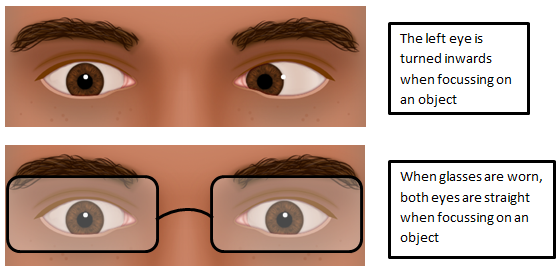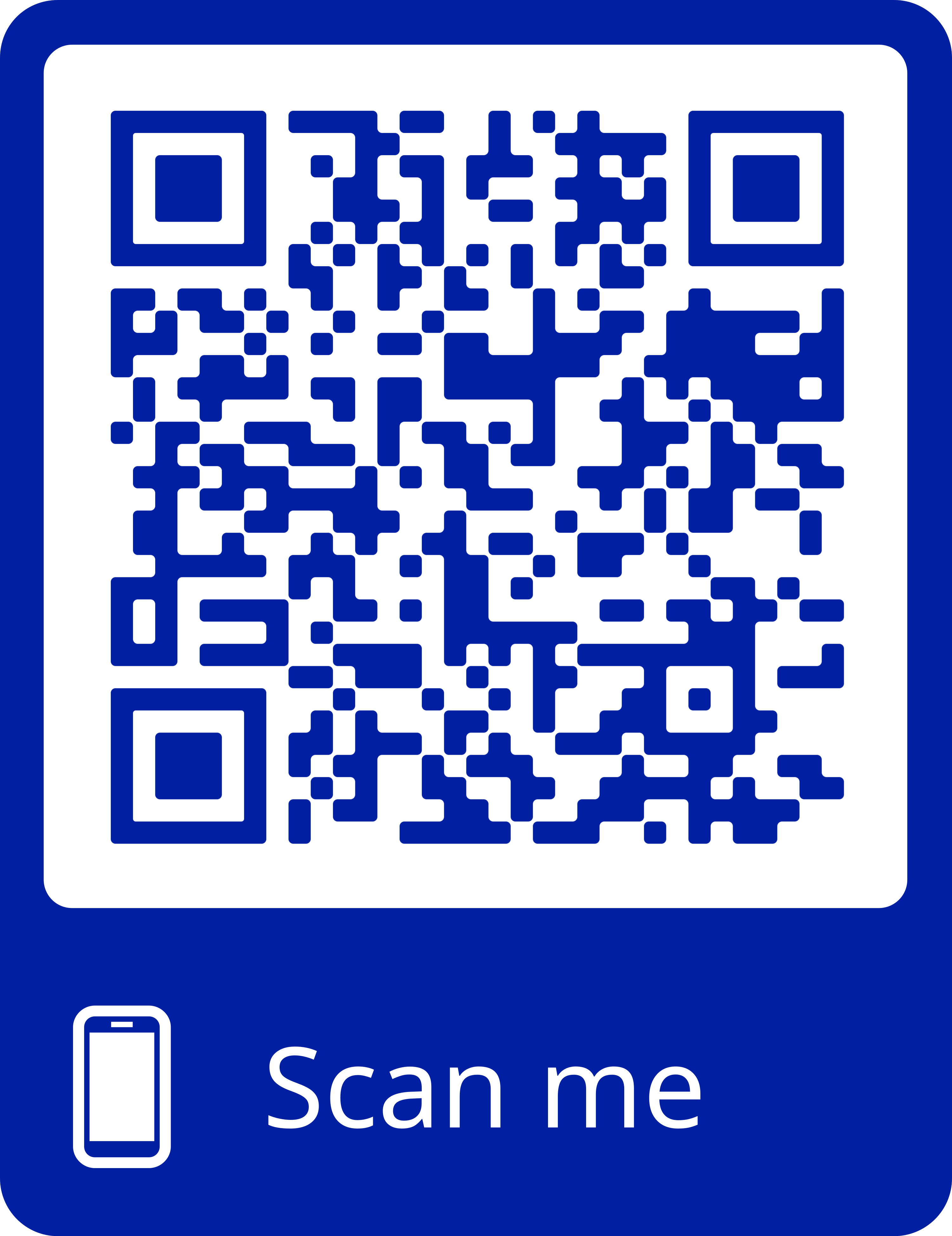- Reference Number: HEY1149/2023
- Departments: Ophthalmology Department
- Last Updated: 31 December 2023
Introduction
This leaflet has been produced to give you general information. Most of your questions should be answered by this leaflet. It is not intended to replace the discussion between you and the healthcare team, but may act as a starting point for discussion. If after reading it you have any concerns or require further explanation, please discuss this with a member of the healthcare team.
What is a Fully Accommodative Type Intermittent Esotropia?
A number of different types of subcategory of squints exist. Fully accommodative type intermittent esotropia is a specific type of intermittent inward squint. With this type of squint, when an individual is looking at a light or a large object without any detail, no squint will be seen. If the individual is asked to focus on a more detailed object, a squint is observed.

What is the cause of Fully Accommodative type Esotropia?
This type of squint is always associated with long-sightedness (Hypermetropia) of varying amounts. In long-sightedness, it is necessary to exert extra focussing (accommodation) to see clearly. This extra focussing causes the eye to turn inwards, if the individual is unable to compensate for this additional inward turn it will result in an inward squint.
When the correct glasses are worn, the need for the extra focussing is eliminated and therefore, squint is also eliminated. The brain is able to use the two eyes together again and hence 3D vision is regained
Can this impact vision and why do I need to attend appointments?
Children are not born with fully developed vision; in the same way they learn to speak they have to learn to see. Children with fully accommodative type intermittent esotropia usually are not at risk of amblyopia (lazy eye), as there are times when both eyes receive appropriate visual stimulus.
It is important that your child wears their glasses all waking hours. This will enable your child`s vision and depth perception (3D) to develop normally.
It is important that your child attends orthoptic appointments so that your orthoptist can ensure that your child’s vision is developing normally in both eyes. The orthoptist will also assess how well your child is able to control their squint and the potential impact this will be having on their development
If your child is thought to have a fully accommodative type intermittent esotropia, their focussing will be checked and glasses will be prescribed. Your child will be advised to wear their glasses for all waking hours. Regardless of whether glasses have been prescribed or not you will be invited for a follow-up appointment. At this appointment the future management of your child’s condition will be discussed in more detail.
Generally the options to manage this type of squint fall into the following categories:
- Glasses wear for all waking hours
- If prescription is low orthoptic exercises in combination with glasses
All treatment options are there to encourage and maintain your child’s vision and depth perception (3D vision). Your appointments with the orthoptic team will guide the management plan for your child, which may change dependent on your child’s control of their squint. Not all options work for all children.
Are there any complications or risks?
If your child does not wear their glasses, seeing clearly is much more difficult, requiring extra focussing which cannot be maintained for long periods. This can lead to headaches, eyestrain, double vision and a more noticeable squint. It is important to note that vision could also be permanently affected in one or both eyes in children. Your child may lose their ability to achieve 3D vision, even when wearing their glasses.
Should you require further advice on the issues contained in this leaflet, please do not hesitate to contact the Orthoptic Department on tel: 01482 816605.

